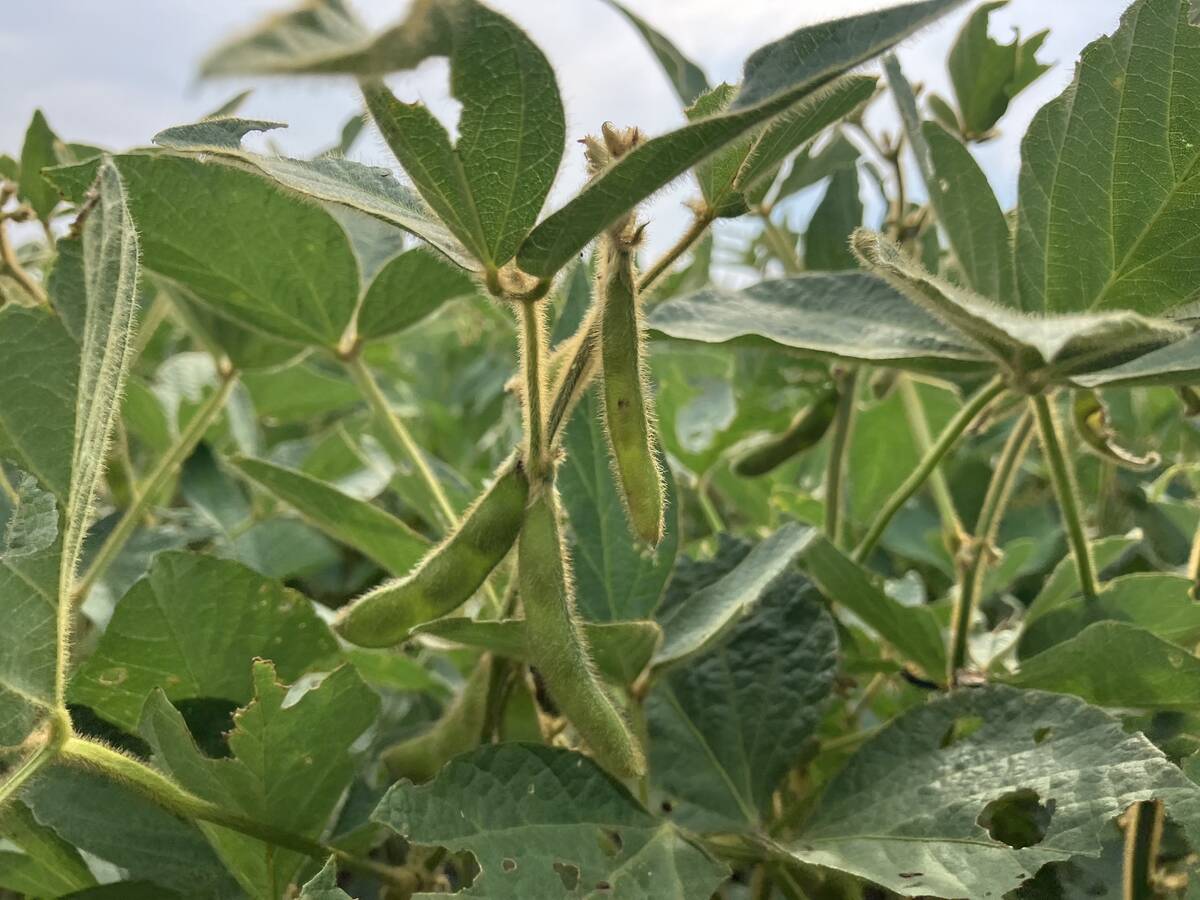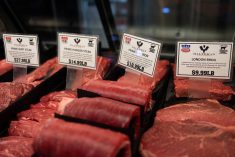There is more frost damage than the canola trade realizes, says a grain industry analyst.
Larry Weber, analyst with Weber Commodities Ltd., said judging from the dozens of e-mails he has received, the injury is severe and widespread.
He has heard from a farmer in Dorintosh, Sask., whose canola counts are down to eight to 15 per sq. metre, a producer near Weyburn, Sask., who believes he has lost half of his crop, a grower in Virden, Man., who is reseeding 1,800 acres and reports of thousands of acres being replanted near Morris, Man.
Read Also

Soybean market still figuring out implications of China-U.S. pact
Soybean futures had a muted reaction to the U.S. trade deal with China as the market tries to figure out the nuances of the deal.
“They just keep pouring in,” said Weber.
“It’s an issue for canola and if it’s an issue in Weyburn through the Red River Valley, that’s a big chunk of canola,” he said.
Weber believes people were fooled by Environment Canada’s recorded temperatures of +1 C in Winnipeg early last week. That may have been the case in the city, but producers in Manitoba and northeastern Saskatchewan told him temperatures dropped as low as -6 to -7 C on their farms.
Arvel Lawson, program manger of crop production with the Canola Council of Canada, said it is too early to accurately assess the damage, but there were reports of frost in east-central Alberta, north-central Saskatchewan and south-central Manitoba.
“Those are areas that do grow lots of canola,” she said.
Most of the canola crop was in the cotyledon to third leaf stage of development when the freezing temperatures hit, which means it was vulnerable to damage. But Lawson cautioned against writing the crops off.
Farmers need to give fields three to four days of recovery to properly assess damage. Even if the cotyledons are burnt and black the crop can recover.
“It doesn’t matter about the cotyledons. What you really need to look for is the growing point. If you’ve got some green there, then you’ve got some hope.”
Even if there are only four surviving plants per sq. foot, instead of the typical seven to 14 plants, as long as they are uniform, the grower is probably better off leaving the crop rather than reseeding at this late point of the season.
“In terms of yield potential you’re more than likely going to be in better shape,” said Lawson.
She also cautioned against reseeding an entire quarter section if only 10 acres of the crop are damaged.















